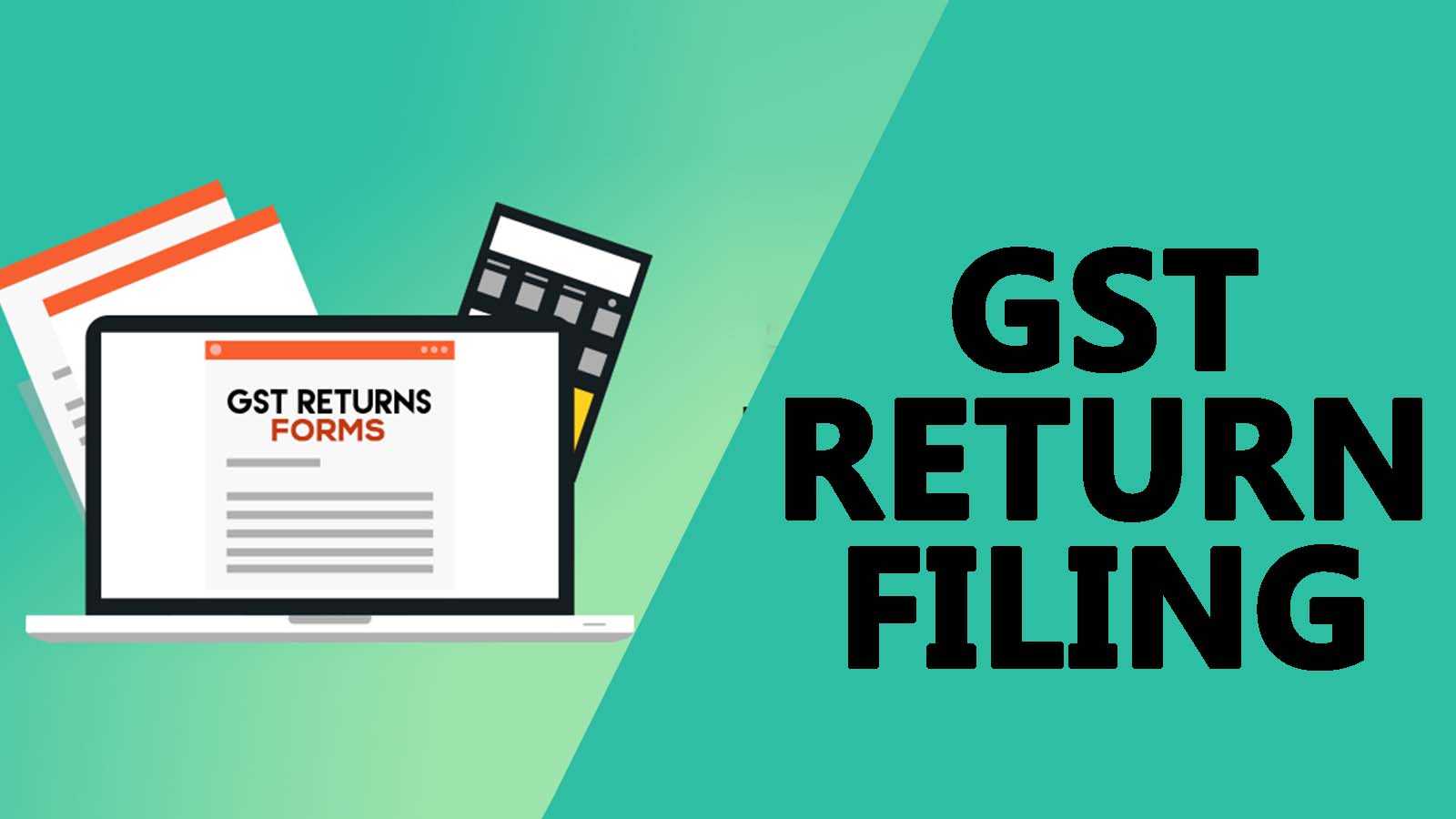
GST return is a document that will contain all the details of your sales, purchases, tax collected on sales (output tax), and tax paid on purchases (input tax). Once you file GST returns, you will need to pay the resulting tax liability (money that you owe the government).
All business owners and dealers who have registered under the GST system must file GST returns according to the nature of their business or transactions.
GSTR 2 or return of inward supplies must be filed before the 15th of each month. When the supplier files the outward supplies in the GSTR 2 returns, the details in the receipt should match with the details of the supplies as filed by the supplier. When the supplier provides the receipt the receiver should verify, validate, modify or even delete, if necessary – the details furnished by the suppliers.
GSTR 3 or monthly GST return is due on the 20th of every month. The GST Portal generates the Part A of GSTR 3 automatically based on information furnished through Form GSTR-1, Form GSTR-2 and based on other liabilities of preceding tax periods. The taxpayer can discharge his liability towards tax, interest, penalty, fees or any other amount payable under the Act or the provisions of this Chapter by debiting the electronic cash ledger or electronic credit ledger and include the details in Part B of the return in FORM GSTR-3.
GSTR 4 or GST quarterly return for composition supplier is due 18 days from the end of the quarter. Hence, GSTR 4 return will be due on 18th April, 18th July, 18th October and 18th January. Based on details contained in FORM GSTR-4A, and where required, after adding, correcting or deleting the details, the taxpayer can file the quarterly return in FORM GSTR-4.
GSTR 5 return must be filed by persons registered under GST as a non-resident taxable person before the 20th and within 7 days from last day of registration. In GSTR-5, the taxpayer must file information and details of outward supplies and inward supplies.
Taxpayers registered as an Input Service Distributors must file GSTR-6 returns on or before the 13th of every month. Based on FORM GSTR-6A, the taxpayer can file the return after adding, correcting or deleting the details, furnish a return, containing the details of tax invoices on which credit has been received and those issued.
All the taxpayers registered under GST for TDS must file GSTR-7 returns. GSTR-7 return is due on or before the 10th of every month. The GST Council shall publish all the details furnished in Form GSTR-8, as available in Part C of Form 2A and Form 4A to other taxpayers.
GSTR-8 return must be filed by E-Commerce Operator on or before the 10th of every month. E-Commerce operators must provide details of outward supplies of goods or services or both made through it, including the supplies returned through it and the amount collected by it. The GST Council shall provide all the details furnished by ecommerce operators to each of the suppliers in Part C of FORM GSTR-2A.
GSTR-9 return or annual GST return must be filed by taxpayers on or before the 31st of December. Non-resident taxable persons, Casual taxable persons, TDS deductors and TCS collectors registered under GST Composition scheme can avoid filing GSTR-9 return if the annual turnover exceeds Rs.2 crore. However, under these circumstances, the taxpayer shall audit the returns by a Chartered Accountant or Cost Accountant.
The taxpayer shall file the GSTR 10 or final GST return within 3 months from the date of cancellation of GST registration.
Form GSTR-11 or GST return for UIN holders must be filed by persons having UIN under GST to claim a refund of taxes paid on his inward supplies.